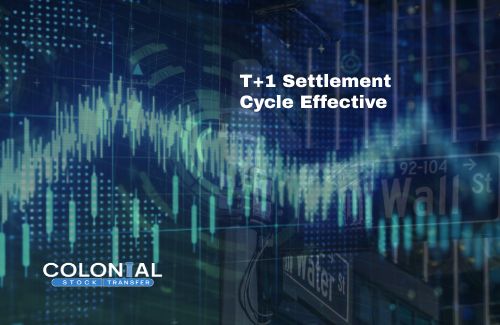
The Securities and Exchange Commission (SEC) released a major update, changing the settlement cycle for U.S. securities transactions from two business days (T+2) to just one (T+1). This regulatory adjustment, which goes into effect on May 28, 2024, marks a crucial development in the financial trading landscape. The change aims to enhance market operations’ efficiency and reduce risks for investors. What do businesses and investors need to know about this shift?
Unlike the previous two-day requirement, the new T+1 settlement cycle requires that securities transactions must be settled one business day after the trade is executed. This will lead to major operational changes across financial institutions. The transition was driven by the need to reduce systemic risk and increase the liquidity in financial markets, making them more resilient against market volatility.
Further, the SEC’s decision comes after monitoring and feedback from various market participants who have been preparing for this change during the past several years. The SEC has implemented several measures to ensure a smooth transition, including updated regulations and detailed compliance guidelines. The goal of the move to T+1 is to reduce credit and market risks by minimizing the window for transaction exposure.
Why The Move To T+1?
The move to a T+1 settlement cycle is part of the SEC’s broader strategy to make the financial market infrastructure more robust and reliable. Some of the key reasons for the move to T+1 include:
- Settlement processes become faster, reducing the wait time to release funds and securities.
- Less time exposed to fluctuations in market conditions decreases potential losses due to adverse movements.
- Funds get recycled quicker into the market, allowing for more reinvestment opportunities.
- Shorter cycles will create more robust systems and processes, which can improve the market’s ability to handle large volumes and unexpected stresses.
- This keeps the U.S. market competitive on an international scale by meeting the faster settlement standards seen in other major markets.
In addition, the shift to T+1 addresses issues highlighted by the market disruptions witnessed during the GameStop trading frenzy in 2021. It is designed to prevent similar future occurrences by ensuring faster and more efficient transaction processing. This regulatory adjustment also keeps the U.S. markets competitive internationally, where shorter settlement cycles are becoming the norm, and aligns domestic markets with international best practices.
Implications for Investors and the Market
For investors, transitioning to a T+1 settlement cycle means quicker access to funds and less counterparty risk, which could shift investment strategies and cash management practices. The faster settlement could increase trading volumes as the capital tied up in transactions is released sooner. This might result in a more dynamic trading environment with higher liquidity and tighter spreads.
From a broader market perspective, the shortened cycle is expected to enhance the overall market structure by making it more resilient to financial shocks. The reduction in settlement time limits exposure to credit and market risks, potentially leading to a decrease in the cost of trading. These changes are pivotal in fostering a more stable and secure marketplace, essential for maintaining investor confidence and promoting long-term market growth.
Operational Changes Required for Compliance
To comply with the T+1 settlement cycle, financial institutions must make a few changes, including:
- Shift transaction processing systems to support the T+1 settlement cycle, accommodating the increased speed of operations.
- Upgrade electronic trading platforms to handle faster trades and settlements.
- Enhance internal databases to manage and process transactions more efficiently.
- Improve transaction verification processes to adapt to the accelerated settlement timeframe.
- Train personnel on the new T+1 settlement standards to ensure seamless adaptation and compliance.
In addition, broker-dealers and registered investment advisors must revise their recordkeeping and processing procedures to align with the new SEC regulations. This means:
- Revising recordkeeping and processing procedures for broker-dealers to comply with new SEC regulations.
- Instill advanced software solutions to handle quicker turnover.
- Maintain detailed records of transaction timelines for transparency.
- Reach out to professionals who can help during this transition period in light of new regulations.
Compliance with these updated rules is crucial, and relying on professionals who can assist with this transition is helpful.



